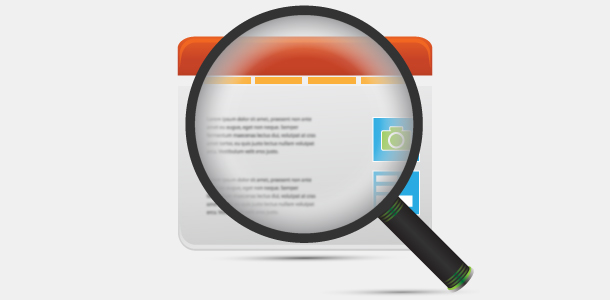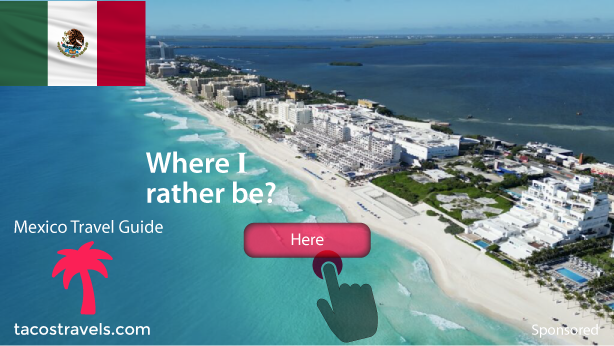And it never ceases to amaze me to see how so many SEO related websites get it wrong. For example: SEO Experts asking Google Search Central as to “how many h1 tags should a web page have?”
I mean, if one is offering Search Engine Optimization services, then, they should know what in the world headings are, and HTML standards for using them.
Also, did others confuse you about gimmicky type of heading tags for SEO. Just put keywords keywords keywords?
Reality is simple, not many SEO’s actually understand how to use heading tags at all. Here’s how it actually works.
You can skip reading the rest of this document. Because all you have to do is create content and break sections in to heading. Be informative and the SEO will take care of itself.
Since its perfectly natural to learn more, then, understand this: a web page is not a page in a normal sense of a page you find in a book or a magazine. In fact, your web page on internet is not even a HTML document (unless it has an extension .html) because without a file extension, it is just a URL (Uniform Resource Locator) for Google. Basically, Google doesn’t say “hey let me visit that HTML web page” instead, it just requests the URL. Let’s clarify:
Imagine this web address
https://www.rankya.com/category/how-to/
I could just as well serve a PDF document on that web address. Bear with me because it will make sense before you finish reading this blog post about how to use h1 h2 h3 till h6 tags for SEO and for maximum Google ranking impact (as they are absolutely important to get it right if you want to see top Google rankings for your target keywords).
So let’s get back to learning about heading tags for HTML documents.
HTML Stands for Hypertext Markup Language
That means, computers and software programs (including search engines like Bing and Google) rely on algorithms (particularly for HTML analysis) to understand what they are requesting on a given URL. Without understanding HTML, search engines couldn’t bring you any results in web search.
That means, in terms of HTML documents, h1 h2 h3 h4 h5 h6 have a meaning as they represent something when used within the context of a HTML document. Therefore, when using these heading Tags for SEO, you need to step back and not use them for SEO purposes, but rather, understand what they do, because its only then can you truly use them for first position search rankings. Make sense?
You can use them to bring great Google ranking results. While remembering that no 1 single search engine optimization factor is more important than others, but rather, each and every analysis Google conducts on a website (including following external links and (backlinks)) all work together to tell Google which keywords your website should be ranked higher for.
How Many H1 Tags Per Page?
As many as the sections you present content within. However, ideally, for most websites the magic number is just 1.
Basically, think of the URL of your web page as just 1 single document
<!DOCTYPE html>
Now the entire document can be thought of 1 main section. Since h1 has the highest rank value, you will want to make sure that you are using your important keywords inside a H1 tag. But as said in the beginning, be informative as you are writing them for humans visiting your website.
And whatever you do, do not use them incorrectly like some SEO experts suggest, that h1 must match the web page title exactly. All I got to say to that is: that would be silly way of thinking about heading tags and HTML document <title>
H1 Tag Example
<body><h1>How to Craft Heading Tags Semantically</h1>
Content you present on your landing pages are wrapped within a < body > tag. So the first H1 should semantically represent that < body > content.
Because blogging is absolutely critical (even for ranking your competitive keywords) it is perfectly logical to use a single h1 tag for your blog posts (this is the case for most setups (particularly for WordPress, as most theme developers present the structure of their layout using 1 main header, article, sidebar, footer section)).
SEO H1 Tag Best Practices
In terms of search engine optimization, including your target keywords in heading tags would be a wise option. However, you really need to think of SEO on another level, that being, you want to bring website traffic, yes, but do so for a reason “to achieve your ultimate objective, higher conversions”.
The best practice would then be, to include your target keywords, as well as blend enticing words so that the website visitor stops to take attention (next interaction (reading your content)). If no read, no convert, if no convert, what’s the point of search engine optimization? Let me provide some sample examples for using headings if I was focused on ranking SEO related keywords:
- 5 Unknown SEO Techniques Your Competitors are Not Using
- Here’s Why Structured Data is the Next Big Thing in SEO
- How Using These Google SEO Ranking Techniques Got Me Instant First Page Rankings (Even for Competitive Keywords)
Best Practice for Using h2 till h6 Within the Content Chunk
Once again, when utilizing heading tags, provide information for your web page visitors about the content chunk that you are presenting to them. For example: previously I used heading “HTML Stands for Hypertext Markup Language”. Because the chunk of content that came after that heading was about HTML Stands for Hypertext Markup Language
It is when we understand that heading tags have meaning in HTML structure, we can now take advantage of using heading tags for top Google rankings. And you do that like this:
Include Your Most Important Keywords in H1
That heading being the first heading which represents the < body > content which you are wanting to rank higher in search engine results set.
Using Other Heading Tags like H2 till H6 for SEO
Note: this is for the main content chunk which is usually within the < article > tag
- Use some of your main target keywords
- Variation of the words
- Synonyms
- Related words
You can use h2, h3, h4, h5 and even h6 knowing that each is tied to one another still representing the Web Page content. Starting from:
- URL
- Title
- Description
- H1
- H1, H2, H3, H4, H5, H6
- Keywords used
- Links and their anchor text (including Navigation Menu Links)
- Images: file names and associated alt and title attributes (or any other type of content you are publishing e.g. videos PDF’s etc.)
Create content for people, then, use the proven web site optimization techniques by following RankYa SEO mastery know how for Google domination. Your keyword ranking is now assured.



nice post about HTML headings
Using h1 h2 h3 h4 h5 h6 Tags for search engine optimization is only smart because in terms of HTML semantics, headings mean headings. What that means is, they are different compared to let’s say “paragraphs” knowing this, and knowing that Google algorithms work on evaluating HTML as well means that when placing important keywords within any of the h1 h2 h3 h4 h5 h6 tags, will then allow you to better optimize a page for the keywords you are targeting. There is more to it than this, but I guess this is the simplest way for me to explain their importance. Use them along with other SEO techniques by RankYa and see the difference in Google ranking
Hi,
I understand about H1, but what about h2,h3… where and how w should use? Do you have example page/which use properly h2….h6 tags?
Great article! I have wider explanation of H1 because it’s the most important tag, like Title and other on page optimization factors
Hey, a great article, thank you. I also tried to click on the “5 Uknown SEO Techniques… ” query, hoping it was an article. Could use that 😉
Speaking of competitors, I have tried poking around and few seem to use h-tags properly with more than one H1 on a single page and so on. Let alone alt tags for images.
I do have a question, though. What if one does not use the H1 tag for some reason on a particular page? Will Google then move on to H2 instead and treat it as H1?
Hello Sarah, your question is a good one because there are many themes that are badly coded, thus, blurt out h2 instead of h1, and also, in terms of competitors not using h1 or they don’t know how to use h1 tag in seo or even not using alt attributes is a good thing for you, because if you can then create a better optimized content with all these important HTML signals for search engine optimization, means, you’ll out-rank them easier.
So basically, if there are no heading one tag, and instead there is heading 2, then, that will also be evaluated (although not as strong as h1) as for 5 unknown SEO techniques, let me share this with you.
Going further, you can then do something like this example below:
How to Use h1 Tags in SEO
This is basically another h1 tag for Search Engine Optimization, and yet this page itself already had a h1 and now has another one, but this second 1 is using larger font size (which will now be as important in terms of the keywords within it (including synonyms or variations allowing you to use keywords naturally for higher Google rankings.)
Also, this second h1 is within comments section, and if you reconsider what and how I placed some keywords within this section will reveal to you that, you can not only reply back to comments website visitors (or customers leave) on your website, you can cleverly and naturally increase the keyword count (also internal links) you are targeting using comments. So there you go, 2 unknown SEO techniques for #RankYa Fans
It’s an Awesome! article. I start following the instruction to rank my website.
That is wonderful news Baktear, because using RankYa Search Engine Optimization insights for higher Google search engine rankings will definitely improve any website’s Google organic rankings. Thank you for learning with me and spreading the word about the best SEO related YouTube channel https://www.youtube.com/c/rankya